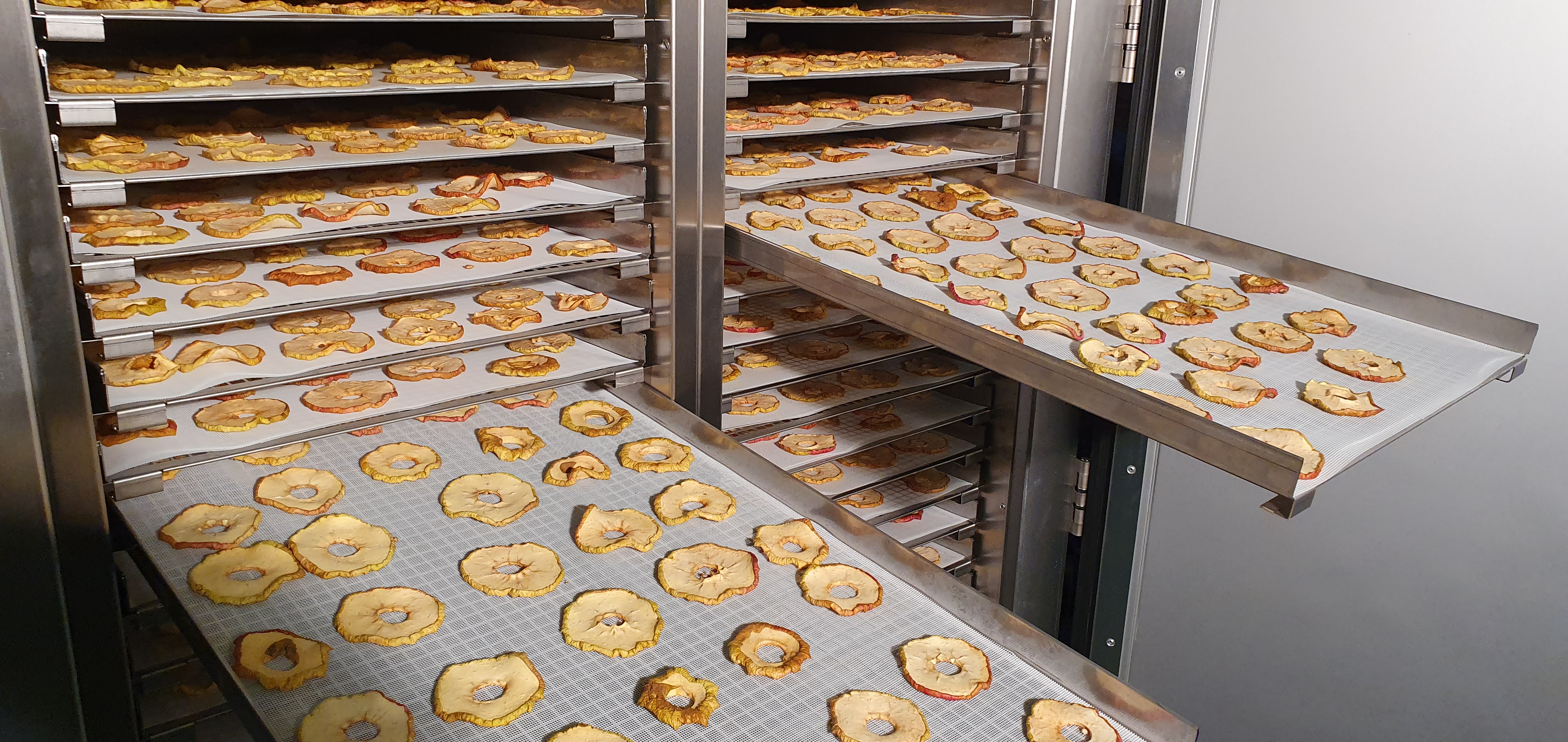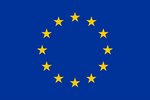Drying organic fruits to increase sustainability and food quality
In the SusOrgPlus project, the concept of heat pump drying and conventional drying were used to dry organic apples. This aims to improve product quality and sustainability through reducing environmental impacts.

Losses and wastes along entire supply chain of fresh apple is estimated to be about 42 percent of apple yields. One way of reducing food losses and wastes is introducing smart drying processes. In the SusOrgPlus project, we investigated the influence of drying processes on environmental impacts of organic apple produced and supplied in Sweden.
As part of the project, conventional drying as well as the heat pump assisted drying method were applied to organic apple at the Norwegian research organization SINTEF. Based on data from SINTEF and the Swedish University of Agricultural Sciences (SLU), the environmental impacts were investigated using life cycle analysis (LCA) method. The cradle-to-consumer gate approach was applied considering farm stage, post-harvest stage, and transport activities. Transport stage was assumed to include 80 km distance from farm to processing facility (single trip) and 50 km from processing facility to retail, and 5 km from retail to consumer. Three organic apple value chains were considered: fresh organic apple; organic apple dried with conventional drying method; and organic apple dried with heat pump assisted drying method. A functional unit of 1 t (metric ton) fresh apple yield at farm, excluding the packaging weight was used. This functional unit enables to compare fresh and dried apple value chains.
From the study result, the cumulative energy demand and total global warming potential (GWP100) of fresh apple supply (including all stages from farm to consumer) were estimated to be about 6.11 GJ (gigajoule) and 265 kg carbon dioxide equivalents (CO2 eq) per functional unit respectively. When the apple was dried with conventional drying method and supplied to consumer, the cumulative energy demand and emission values were estimated to be 7.29 GJ and 130 kg CO2 eq per FU respectively. Similarly, when the apple was dried with HP assisted drying method, the values were reduced to 5.12 GJ and 120 kg CO2 eq per functional unit respectively. This indicates that when the whole system (from farm to consumer gate) is considered, HP-assisted drier reduced the energy use and greenhouse gas emission by 16 percent and 55 percent respectively when compared against the fresh apple supply case.
The post-harvest stage (including drying process) is the major contributor to energy consumption and emissions. Considering only post-harvest stage and comparing the two drying methods, HP-assisted drier could reduce energy use and emission by about 42 percent and 27 percent respectively. Therefore, heat pump assisted drying approach has good potential to improve the sustainability of organic fruits.
Moreover, the drying process reduces the environmental impact due to transport and packaging activities as the volume, weight and truck trips could be reduced. In general, drying process could reduce environmental impacts, losses and waste of organic apple, and increase the shelf life of products.
This work is conducted in a collaboration between SINTEF and SLU (Sweden). The SusOrgPlus project is funded via the ERA-net CORE Organic Cofund based on funds from participating countries and funding from the European Union.
Relevant link
https://www.slu.se/en/departments/energy-technology/projects/automation/susorgplus/
Authors
Techane Bosona, SLU, Techane.bosona@slu.se; https://www.slu.se/en/ew-cv/techane-bosona2/
Girma Gebresenbet, SLU, girma.gebresenbet@slu.se ; https://www.slu.se/en/ew-cv/girma-gebresenbet/
Editor: Karin Ullven / Design: Christine Dilling
